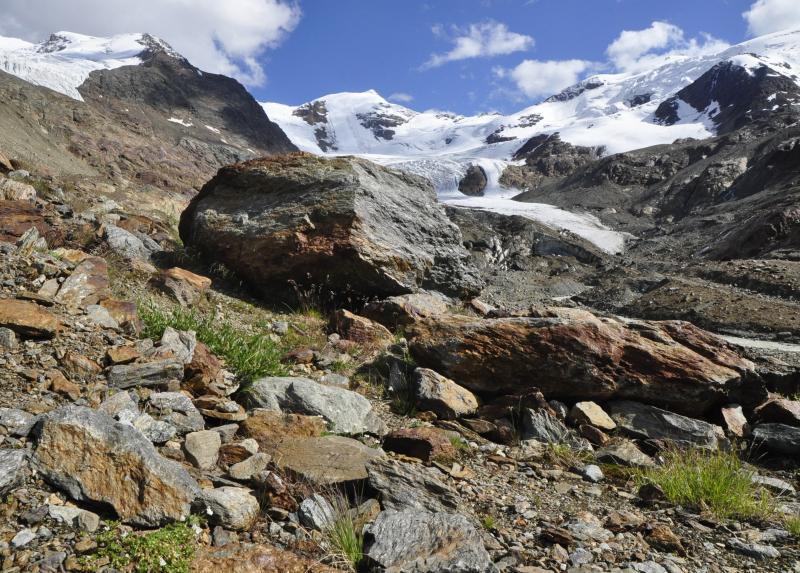0250317913

The Forni glacier in the Stelvio National Park.
We all see the consequences of climate change, but different areas of our planet are warming at a different pace. High-mountain regions are particularly affected by global warming but, so far, researchers were lacking detailed data about these delicate environments. This work recently published on Nature Communications tries to fill this gap.
An international group, coordinated by researchers of the University of Milan and the Institute of geosciences and earth resources of the National Research Council of Italy, based in Pisa (CNR-IGG), in collaboration with MUSE-Museo delle Scienze di Trento and the University of Texas at Austin, placed hundreds of data loggers near glaciers in different areas of the world, from the Alps to the tropical Andes in Peru up to the Svalbard Islands (close to the North Pole). This allowed to produce the most detailed map of temperatures at high altitudes, to record differences between areas that are just a few meters away.
By analyzing the last 20 years, researchers discovered that some high-mountain areas are warming faster than previously expected. The situation is particularly alarming for tropical and sub-tropical mountains, and near glaciers. The retreat of glaciers and the reduction of snow cover are probably amplifying the warming rate. The presence of snow and ice provides a buffer against temperature increase, but their global shrinkage is affecting these key environments at an unprecedented pace.
For instance: the average increase of soil temperature from 2001-2005 to 2016-2020 was substantial, particularly in the intertropical zone (+0.75 °C) and in the Southern hemisphere (+1.02 °C).
At all the latitudes, warming has been faster near glaciers (within 100 m) than in more distant areas (e.g. 3 km from glaciers): Northern hemisphere +0.63 vs +0.34, Southern hemisphere +1.38 vs +0.79, intertropical zone +1.13 vs +0.57. Overall, in the last 20 years, areas near glaciers warmed up twice as much as areas that were at least 3 km far from glaciers.
Moreover, the length of the season with snow cover showed a striking reduction, with even more evident patterns.
Near glaciers, the average decrease in the duration of the season with snow cover was of 23 days in the Southern hemisphere, 20 in the intertropical zone, and 13 in the Northern hemisphere. On the other hand, 3 km far from glaciers the decrease was small or almost non-existent: -2, -0.5 and -4 days respectively. To sum up, in the last 20 years, in areas close to glaciers there has been a substantial average increase in the number of days without snow on the ground: from 2 weeks to one month each year.
These data will be pivotal to predict how high-mountain environments will change in the next decades.
Contatti
-
Gentile Francesco Ficetola
Dipartimento di Scienze e Politiche Ambientali
Potrebbero interessarti anche
